Treading silently along ancient roads where 80,000 people once passed engaged my imagination. I pictured the streets full of people going about their daily routines, never thinking their home would later be abandoned, encased in centuries of accumulated soil and plant growth.
Cantona, a Mesoamerican archaeological site located roughly 58 miles from the city of Puebla, was deserted sometime after 1050 AD. Believed to have been the largest urban center in Mesoamerica, the site receives few visitors, likely due to its remote location and a lack of public transportation. Occupying over 12 square km, Cantona is comprised of 500 cobblestone causeways, 3,000 patios/residences, 24 ball courts and several temples, all constructed of stone without mortar. Its inhabitants were farmers and obsidian traders.
Even though only an estimated 1-10% of the site is excavated, a complete walking tour requires about four hours. I visited Cantona along with a talented group of writers sponsored by the Mexico Board of Tourism. During our visit, we were short on time and storm clouds threatened, so we only spent an hour and a half. Regardless, the expansive size of the ruins was awe-inspiring. Standing atop one of the temples, I looked beyond the excavated sections to what appeared to be undulating hills and fields. Our guide explained that what I was looking at was actually the un-excavated continuation of the ancient city.
A skeleton-crew of 20 workers prevents vegetation from reclaiming the ruins using simple hand-tools. As we were leaving, they offered to share their lunch of fire-roasted rabbit with us; a gesture not taken lightly considering how hard they work and how hungry they must have been.
Returning to our van parked alone in the large lot, I felt that the site receives less attention than deserved. It is worth the trip, but few tourists even realize it is there. Admittedly, I enjoyed the break from the usual crowds, but I also feel compelled to share such a find with fellow travelers. Like it or not, visitors bring funding for maintenance and preservation. (There is a whole other conversation we could have about the delicate balance between tourism and conservation….)
To visit Cantona, plan to travel by taxi if you don’t have a car. The round-trip ride costs about 500 pesos ($40 US based on current exchange rates). Pack a lunch, sunscreen and water. During our visit, a visitor center was under construction, but no details on a competition date, or what it will include, were available. For directions and links to tour guides, view this excellent article by All About Puebla.
For more information on Puebla, Mexico, visit the blogs of my fellow #wevisitmexico travelers: Raul Pacheco (Hummingbird604.com), Ted Nelson (Traveling Ted), Mardi Michaels (Eat, Live, Travel, Write), Mike Richards (Vagabondish), Jessica Festa (Jessie on a Journey), Michael Tieso (Art of Backpacking), Lanora Mueller (Writing Travel) and Catherine Stribling (Johnny Jet).
While researching this article I noted quite a bit of conflicting data as to the amount of excavation completed and the number of buildings. Please accept that I did the best I could providing accurate information.
My visit to Cantona was made possible by the Mexico Board of Tourism who provided my transportation, lodging and food. I paid for my own incidentals and extras. As always, my opinions are my own as I only recommend places and products I feel are worthwhile.
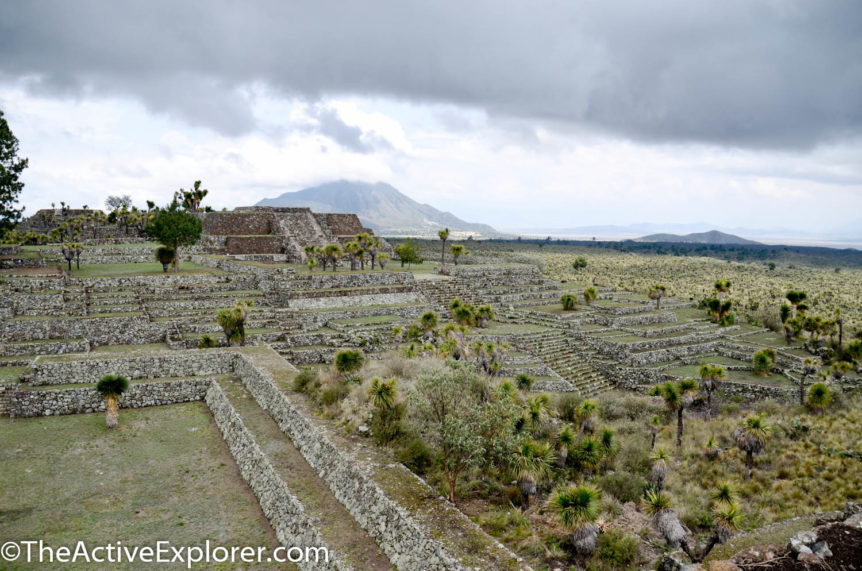
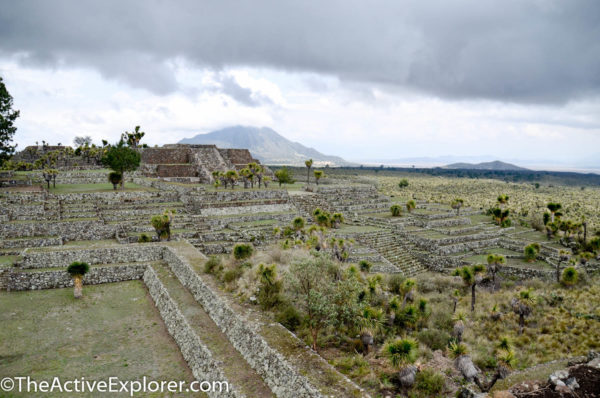
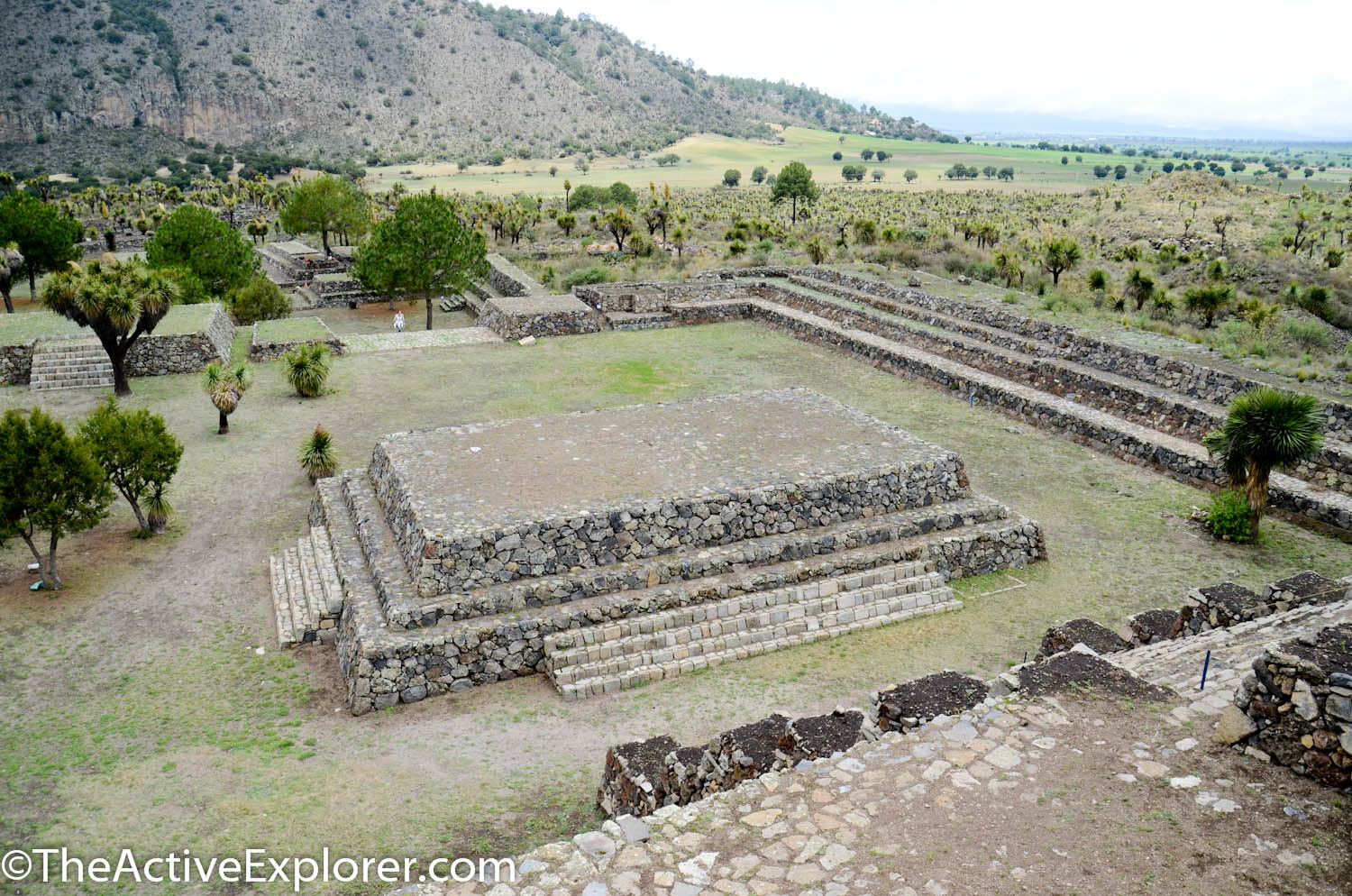
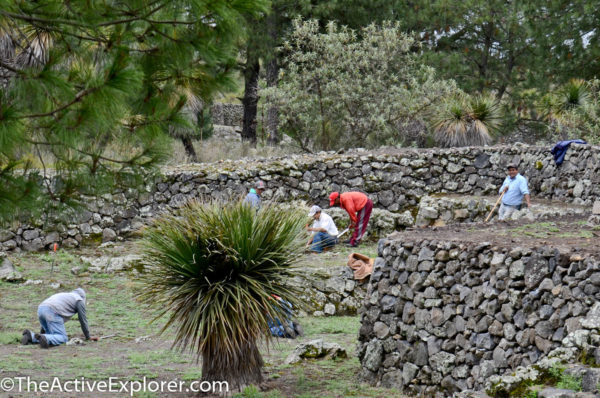
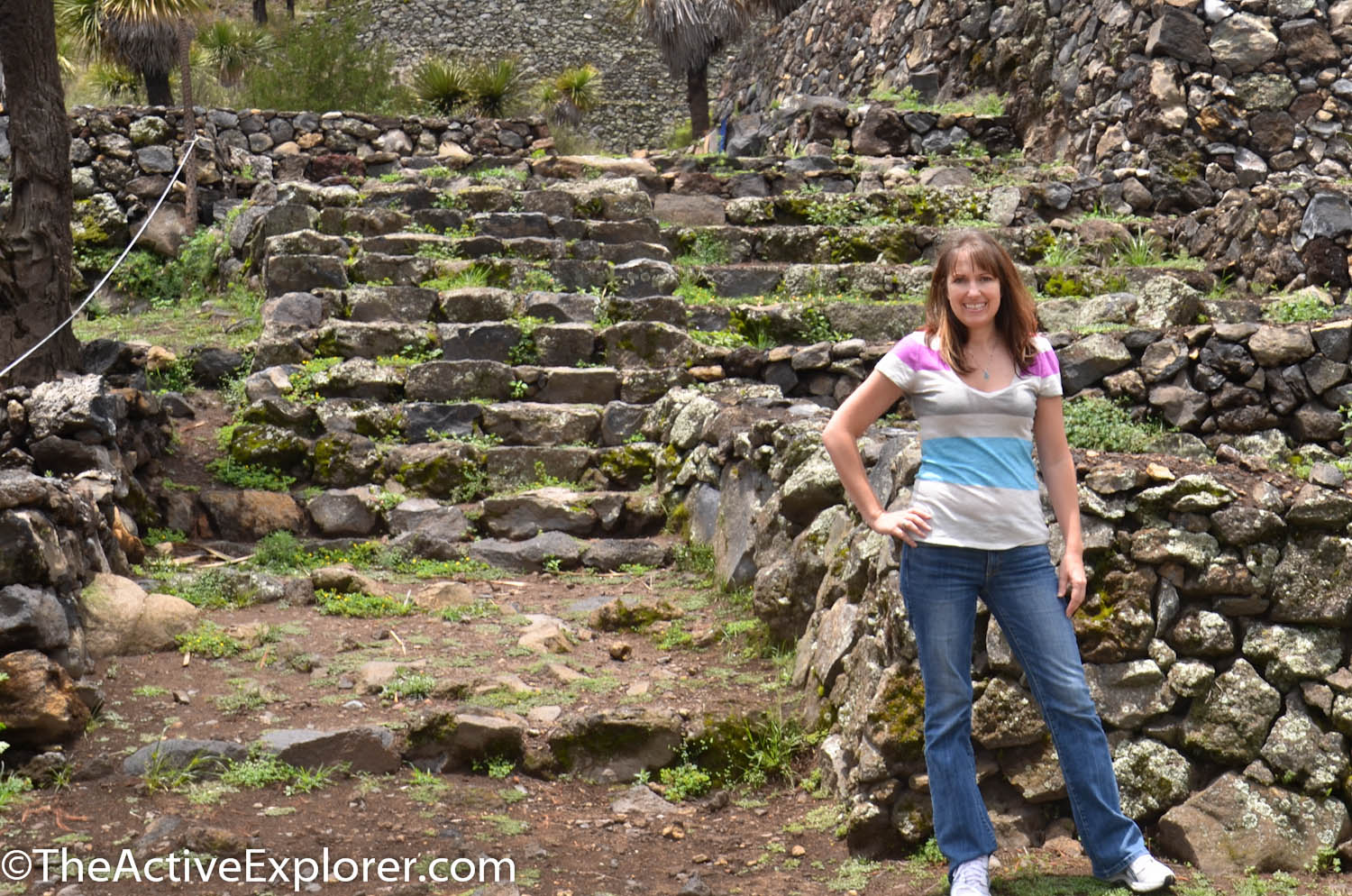
Comments 10
This post is so awesome and the photos so beautiful, I almost feel as if I was there.
Lol, you kill me…. Photographic evidence reveals that you were there. No denying involvement!
Wow! Wonderful photos and info. Can’t wait to go there someday. Well done!
Pingback: Hiking the Olmec Ruins near Puebla: Yes you Cantona | Traveling Ted TV
LOL @ Ted’s comment 🙂 That’s awesome.
Once again, fabulous shots of some lesser-known ruins here in Mexico (one more reason I love living here; there’s just SO much history).
And the Mexican Board of Tourism is really good about helping to shuttle people to explore things beyond the major Mayan sites…kudos for hopping on board with them!
Thx TW!
I totally enjoyed the visit and hope to explore more of Mexico in the future!
Erika
Cantona, one of the most beautiful archaeological sites in Mexico.
I have had the pleasure of seeing this remarkable site. I took a hike for about two hours. It was absolutely amazing!
Oh two hours is hardly enough time is it?
This past March we took some of our travel guests here as part of a tour which originated in Veracruz and ended in Mexico City. This place is huge and even after a little over 3 hours of exploring, we still did not see everything which is uncovered. As you may remember, obsidian was their main trade item. It is amazing as you walk around, you realize that much of the pathways are made from the large shiny black obsidian stones. Also, if you look close on the ground and on the tops of the low walls, you can find small shards of obsidian, some with the markings of having been shaped by those who lived there so long ago. This is one of my favorite ruins sites in Mexico.